 We are fascinated by how the cerebral cortex of the brain came to be. The cerebral cortex is the outer layer of the mammalian brain that controls some of its most complex functions, including sensory perception, thought, language and consciousness. Our lab is interested in how the cerebral cortex assembles during brain development, including the altered steps of development that underlie neurodevelopmental disorders that involve the cerebral cortex, such as autism and schizophrenia.
We are fascinated by how the cerebral cortex of the brain came to be. The cerebral cortex is the outer layer of the mammalian brain that controls some of its most complex functions, including sensory perception, thought, language and consciousness. Our lab is interested in how the cerebral cortex assembles during brain development, including the altered steps of development that underlie neurodevelopmental disorders that involve the cerebral cortex, such as autism and schizophrenia.
Our work is also informed by research into how the uniquely mammalian cerebral cortex arose in evolution. Evolutionary developmental biology (“evo-devo”) is a field of research that investigates the developmental processes of different species to understand both how biological systems evolved, as well as to gain a better understanding of development and disease. How do we investigate evolution? We have rare access to a breeding colony of an Australian marsupial (the fat-tailed dunnart) that allows us to solve mysteries about how the earliest mammalian brains might have looked as well as the extraordinary plasticity among different mammalian cerebral cortices. Insight into the variability of this brain structure in nature can help us to understand its plasticity among humans in both health and disease. One of our major areas in interest is how the different timing of developmental processes (“heterochrony”) can lead to remarkably different outcomes in the brain.
Watch a talk by Laura Fenlon to learn more about some of the lab’s work:
Our projects have been funded by the School of Biomedical Sciences, the Australian Research Council the National Health and Medical Research Council, UQ’s Genome Innovation Hub, and the Brain Behavior Research Foundation.
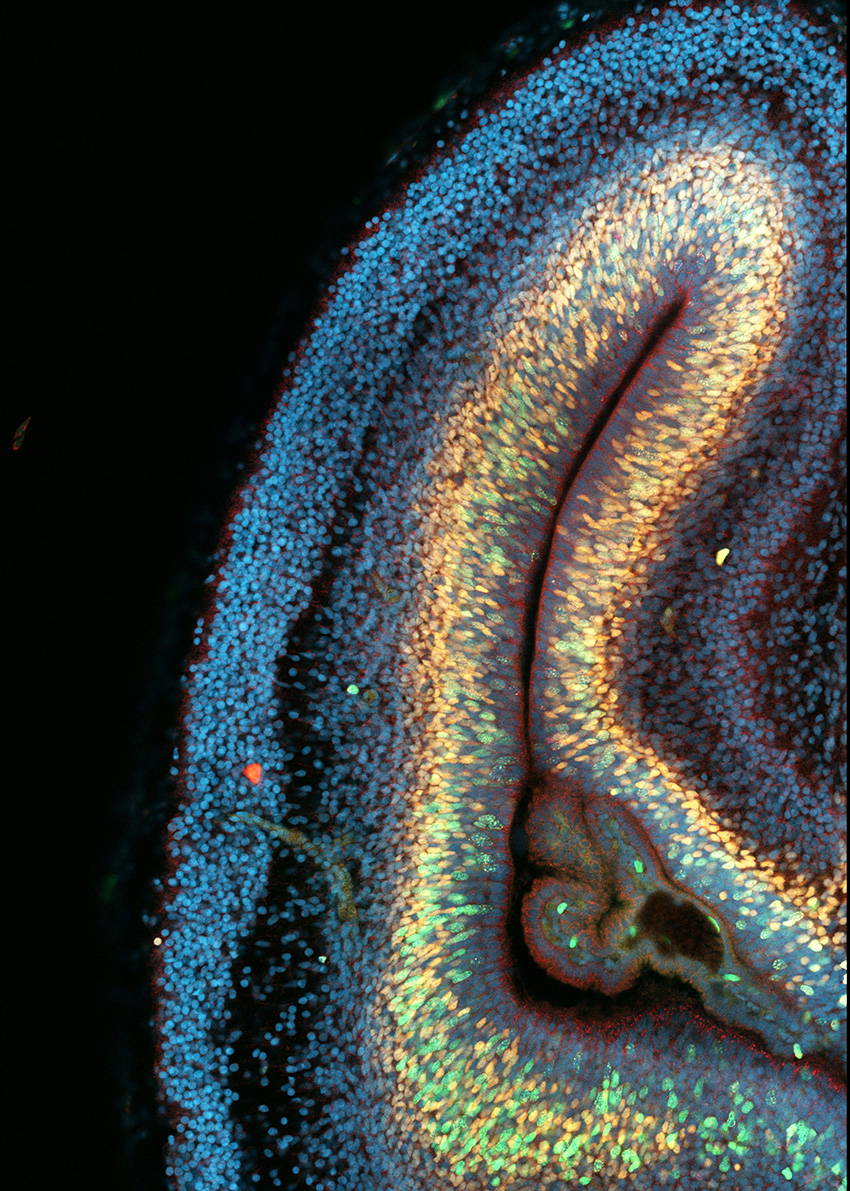 Are you looking for a lab in which to undertake groundbreaking research in brain development or evolution? We welcome diverse and creative students who are excited to solve the mysteries of the brain! Contact l.fenlon@uq.edu.au for more information on availabilities and current projects, including:
Are you looking for a lab in which to undertake groundbreaking research in brain development or evolution? We welcome diverse and creative students who are excited to solve the mysteries of the brain! Contact l.fenlon@uq.edu.au for more information on availabilities and current projects, including:
- Comparative single-cell RNAseq between developing brains of marsupials and eutherian mammals
- Elucidating the plasticity of brain connections following injury or malformation in development and adulthood
- Probing the effects of premature birth and oxygen on the developing brain, including neurodevelopmental disorders such as autism and schizophrenia
- Understanding how the early birth of marsupials affects their brain development, and how we can learn from them to help premature babies
- Deciphering the developmental mechanism of brain evolution (Evo-Devo) among the major mammalian lineages
Some of the techniques that we use in the lab:
- Brain histology, staining and confocal microscopy
- Analysis of cell morphology and comparative brain anatomy
- In utero electroporation and in pouch electroporation of mice and marsupuals to transfect and label brain cells
- Developmental and adult brain surgeries
- Single cell RNAseq transcriptomics and bioinformatic analyses
- Molecular biology, including cloning, PCR, bacterial work etc
- Two-photon imaging of calcium activity in live brains
Our lab culture includes:
- Trained UQ Ally representatives, supporting the diversity of sexuality, sex and gender at UQ
- A multicultural environment, welcoming a diversity of backgrounds and life experiences
- A highly collaborative and supportive team, including regular group and individual meetings
Preprint of exciting new article that we contributed to now on Bioarchives – learn how fat-tailed dunnarts can be used as a model of embryonic brain activity.
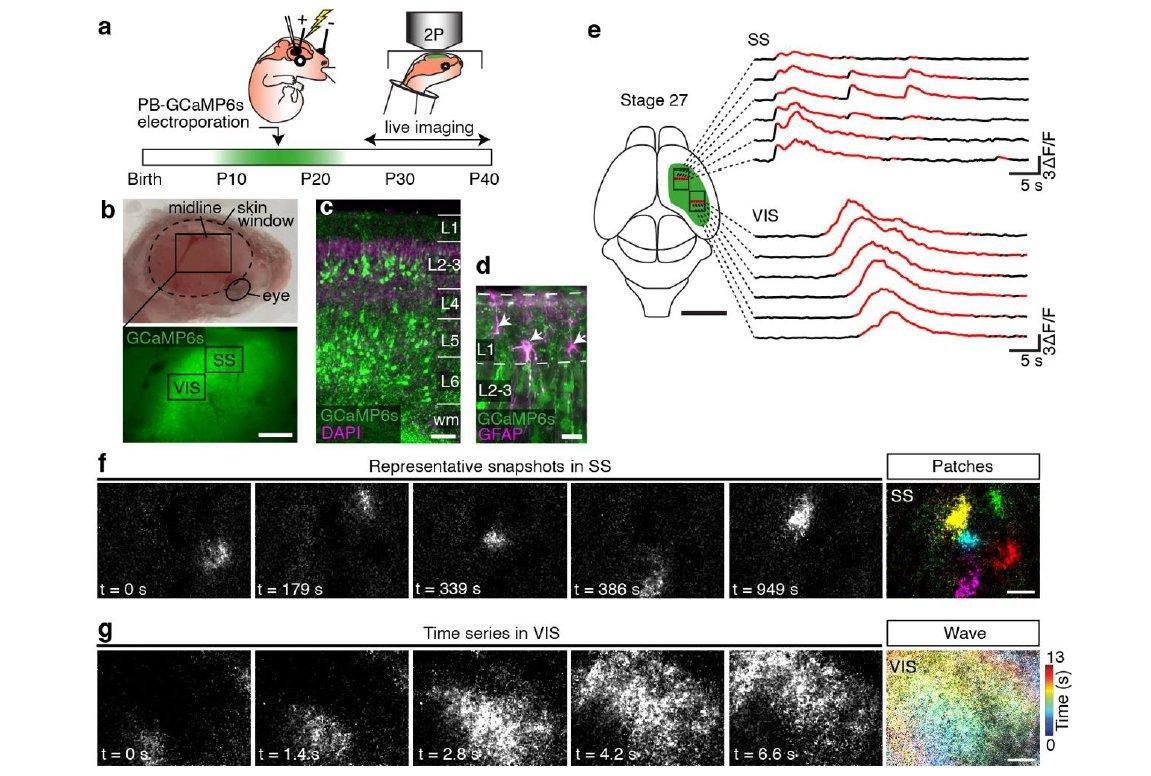
We welcomed high school intern Rachel into the lab in December 2022 for some hands on experience in the day to day of neuroscience research.

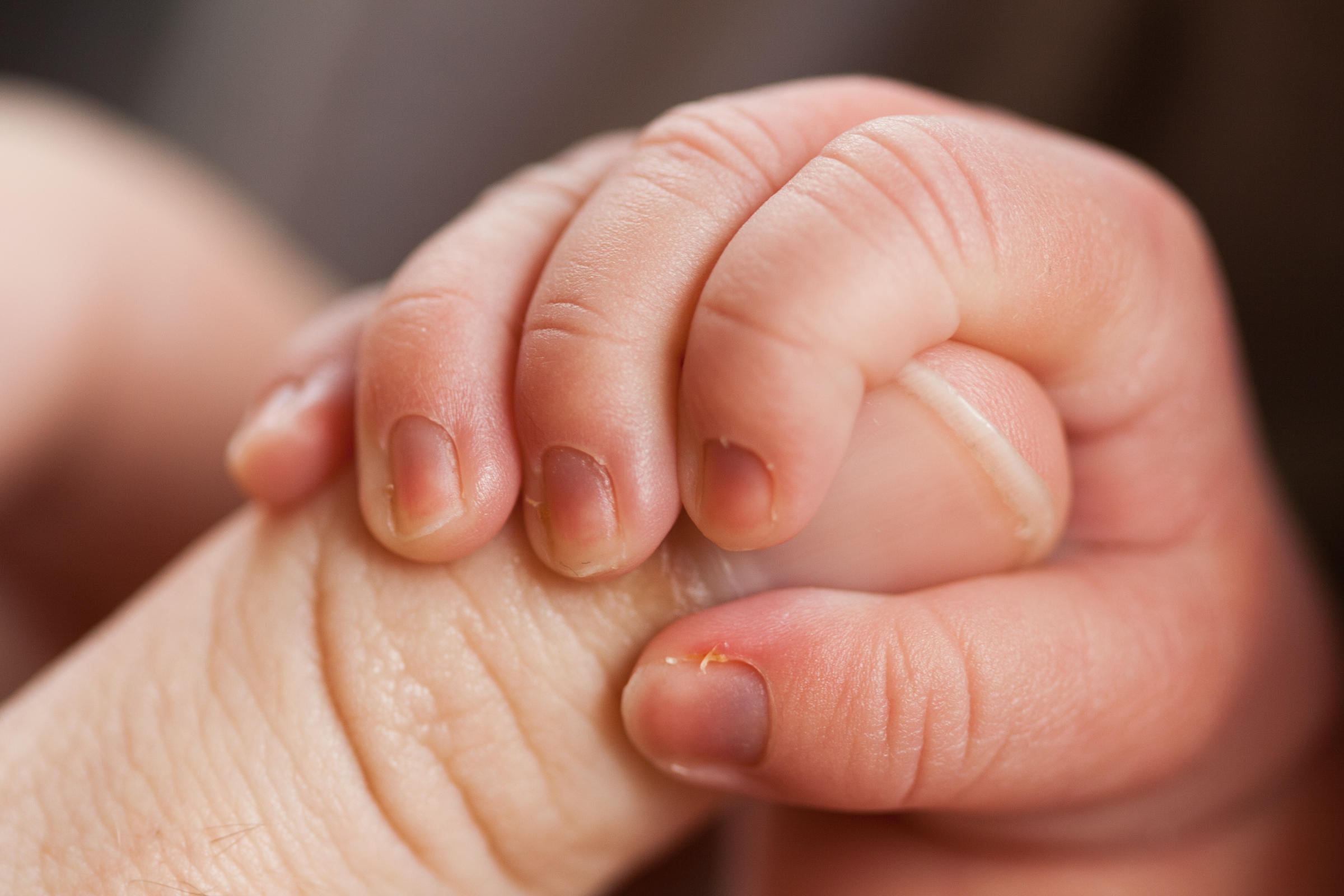 The lab secures competitive international funding from the Brain, Behavior Research Foundation for a two year project focused on premature birth.
The lab secures competitive international funding from the Brain, Behavior Research Foundation for a two year project focused on premature birth.
 Laura Fenlon wins the Faculty of Medicine Rising Star of 2022 award!
Laura Fenlon wins the Faculty of Medicine Rising Star of 2022 award!
The Australasian Neuroscience Society annual meeting 2022 in Melbourne sparks fantastic discussion around talks and posters of lab members.
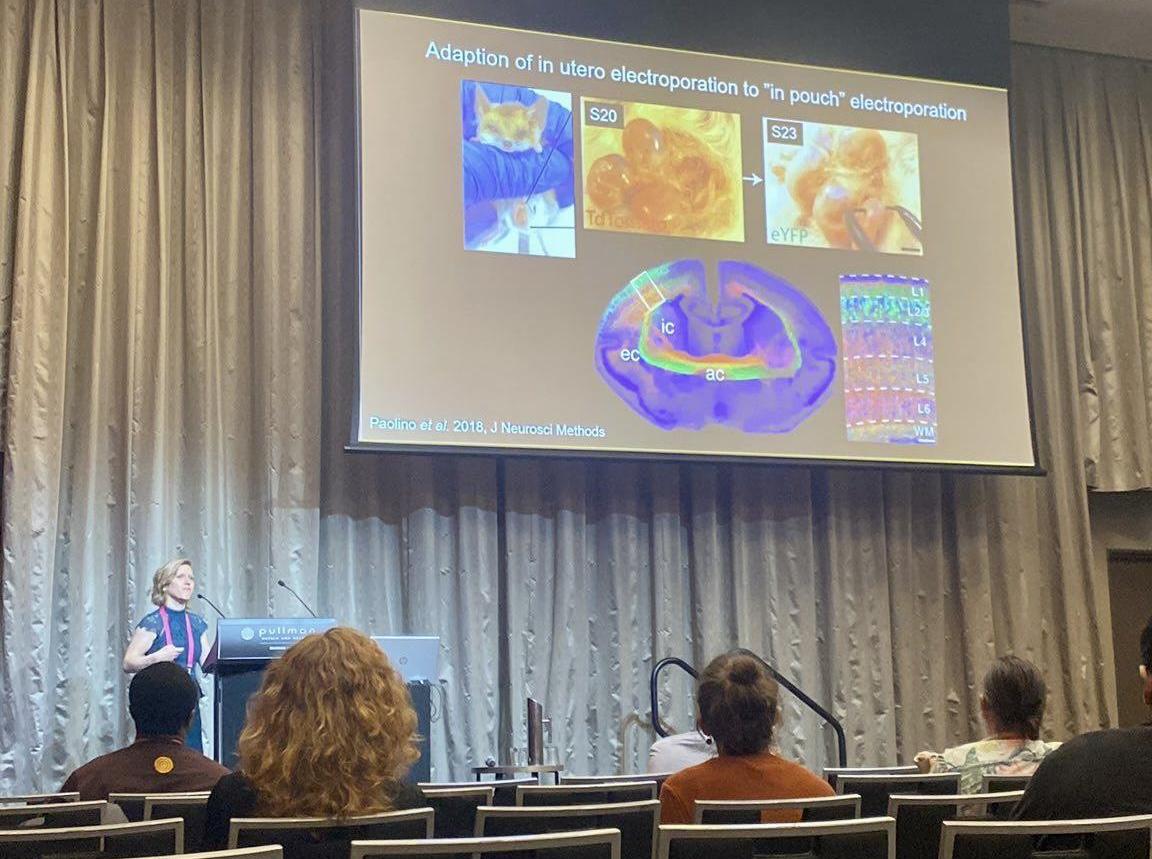
Milazzo, Sicily provides a spectacular backdrop for us to talk about our research at the Cortical Development Conference 2022
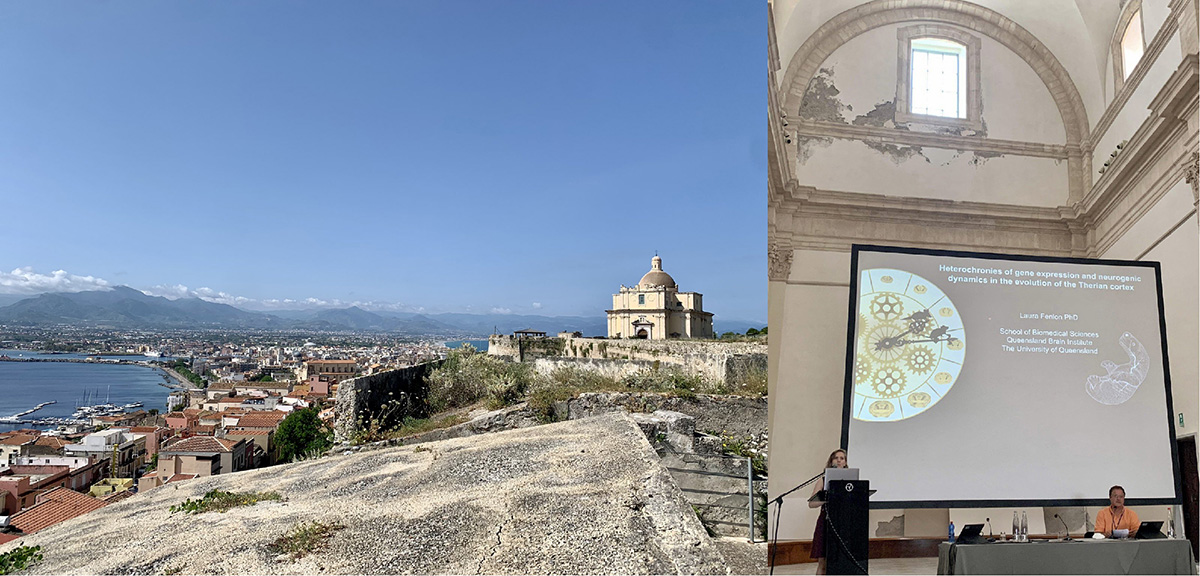
We’ve published a new review focused on how timing can affect cortical development and evolution. This is a great place to start if you’re interested in learning more about the forces that drive cortical diversity.
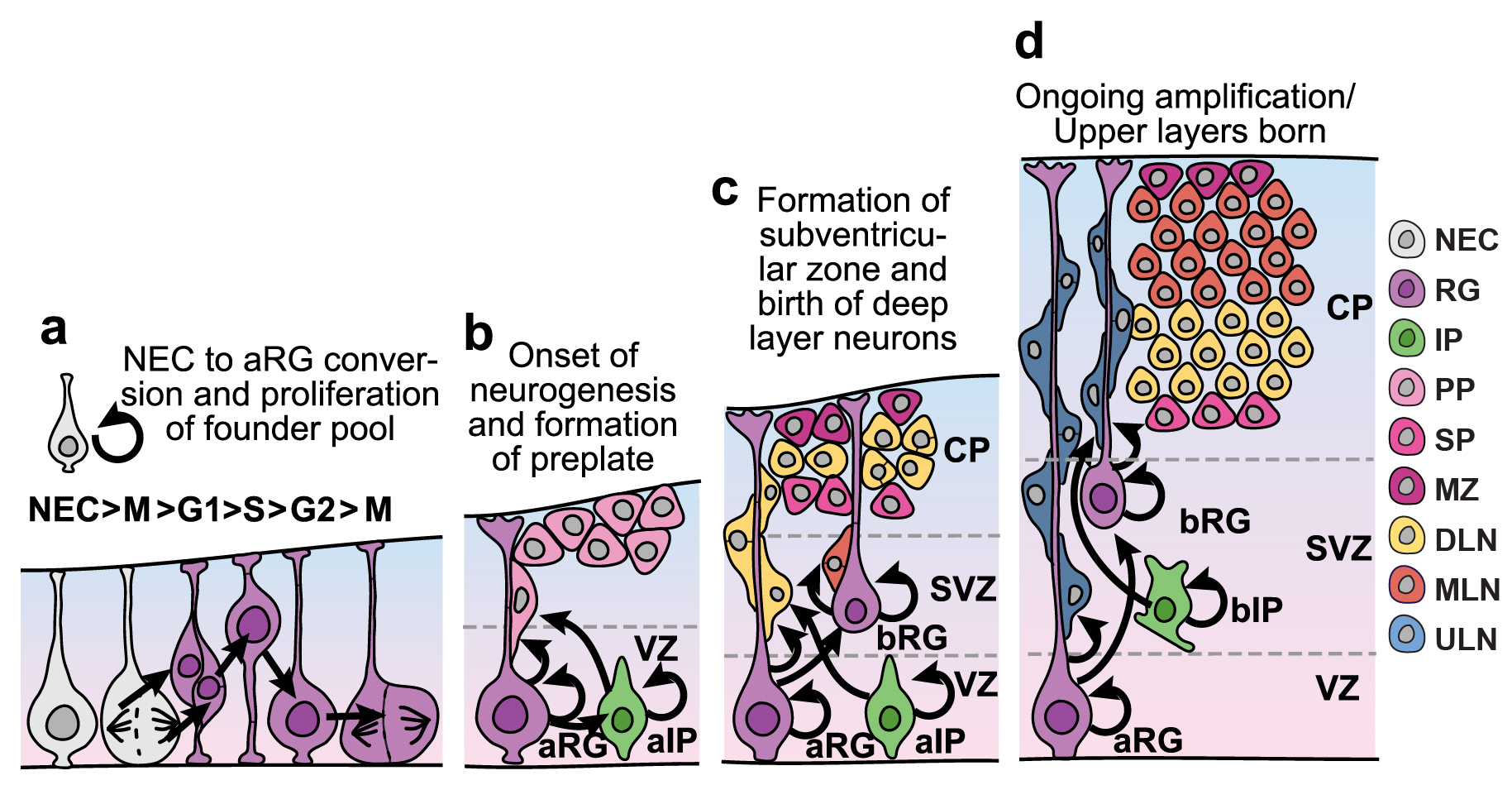
 Our new article compares the transcriptome of developing mice and marsupial dunnart cortex, uncovering different patterns of temporal progression.
Our new article compares the transcriptome of developing mice and marsupial dunnart cortex, uncovering different patterns of temporal progression.








